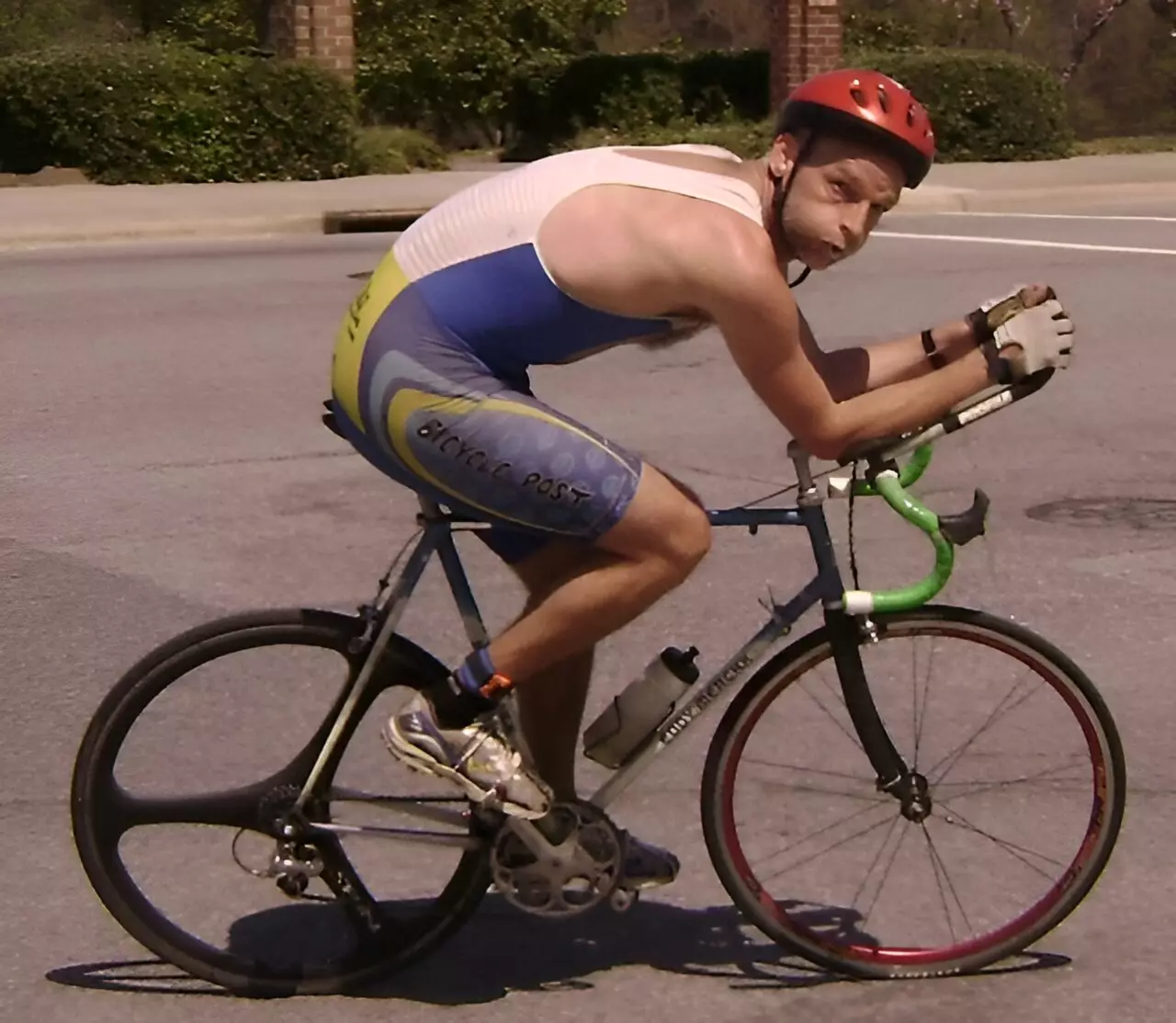The sport of cycling continues to capture the imagination of enthusiasts and professionals alike, pushing the limits of human endurance and ingenuity. One of the most demanding challenges within this realm is the “Everest” challenge, an ambitious feat where cyclists aim to ascend and descend the height equivalent to Mount Everest, totaling 8,848 meters. However, the achievement of such heights often sparks discussions surrounding the factors that contribute to performance, particularly in relation to wind conditions.
In recent years, a new Everest record set by a cyclist prompted heated debates on social media regarding the influence of a formidable tailwind—recorded at 5.5 meters per second (20 kilometers per hour or 12 miles per hour)—during the climber’s ascent. The primary question lingered: to what extent did this tailwind enhance the cyclist’s performance? Should cycling organizations impose limits on permissible wind speeds to maintain fairness in competitive settings?
To address this curiosity, Martin Bier, a physics professor at East Carolina University, engaged in a thoughtful inquiry. By analyzing the physical principles underlying cycling, Bier sought to demystify the implications of wind resistance on mountain ascents. His findings, published in the American Journal of Physics, unveil a surprising conclusion: the role of wind is far less significant than initially assumed.
The Physics of Cycling: An Introduction
Understanding the dynamics involved in cycling can prove more straightforward than many other sports. Unlike running, which involves complex movements of acceleration and deceleration, cycling relies on a continuous and more efficient rolling motion. The key forces at play are gravity and friction. However, air resistance presents an intriguing twist in this equation.
Bier points out that the difficulties stemming from air resistance escalate exponentially with speed. For cyclists, this means that to double one’s speed on flat terrain, four times the effort is necessary; to triple it requires an astounding nine times as much. When cycling uphill, the situation changes. The slower speeds reduce the impact of air resistance, making gravity the dominant factor in determining effort.
When it comes to tackling the Everest challenge alone, the physics becomes significantly more palpable. Riders aren’t benefiting from a draft offered by fellow cyclists but rather contend with the forces of gravity and resistance alone. One could mistakenly believe that a strong tailwind could render uphill cycling as manageable as flat riding, yet Bier’s analysis reveals the critical flaw in that logic.
He emphasizes the disproportionate effect of speed on resistance; while a tailwind may present a slight advantage on the ascent, it is ultimately dwarfed by the gravitational forces at play. Moreover, the velocity attained during the subsequent descent introduces its set of challenges. At high speeds—approximately 80 kilometers per hour (49.7 mph)—the effect of a headwind becomes pronounced, significantly diminishing the cyclist’s speed.
Lessons for Aspiring Everesters
What then, does Bier’s analysis suggest for those pursuing the challenging Everest record? The realization that the influence of wind is minimal implies that aspiring Everesters should refrain from waiting for optimal wind conditions to attempt record-breaking efforts. Instead, they must concentrate on fundamental improvements in their performance: shedding excess weight and enhancing power output through rigorous training.
Bier’s conclusions serve as a reminder of the inherent nature of cycling as a sport driven by physical strength and endurance rather than external favor—it is the rider against the mountain, stripped of the illusion that environmental factors hold the controlling cards in this high-stakes game.
The pursuit of cycling’s Everest challenge embodies not only a test of raw physical ability but also a comprehensive understanding of the intricate forces at play. By recognizing the minor role of wind in the face of gravity, cyclists can better prepare to conquer this Everest and push the limits of their personal performance.


Leave a Reply